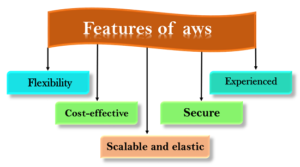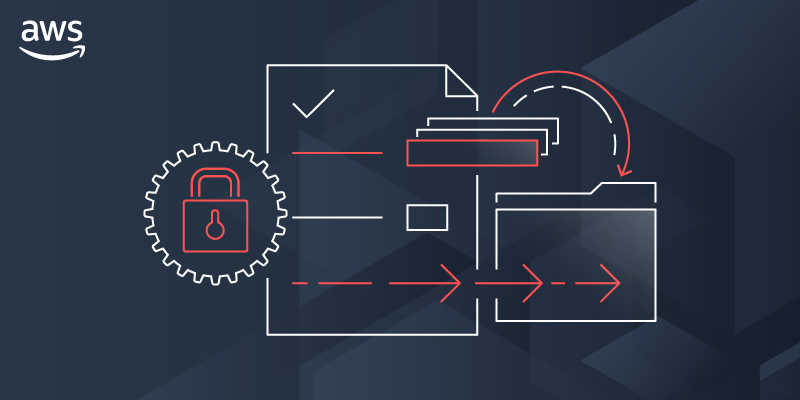AWS has long been considered a “Giant” in the deployment of cloud computing service platforms, when its market share is larger than four major competitors, Microsoft, Google, IBM and Alibaba combined. So what is AWS and how to audit AWS cloud? Follow the article and we will have the answer for you.
What is AWS?
AWS (Amazon Web Services) is an evolving, comprehensive cloud computing platform offered by Amazon that includes a mix of infrastructure as a service (IaaS), platform as a service (PaaS) and packaged software as a service (SaaS). AWS services can provide an organizational tool such as compute power, database storage, and content delivery.
The basic features of AWS
Satisfies almost any use
With AWS, more than 60 services, including data storage, deployment tools, directories, content distribution, and more, will be accessible in a matter of taps. Without delay, new services are provided. upfront capital costs, making the necessary consolidation accessible to consumers in the public sector, SMEs, startups, and established companies in order to satisfy their continuously shifting business needs.

Extremely in-depth features
Amazon Web Services (AWS) enables customers to collaborate in a whole new way. In-depth features such as powerful database tools, server configuration, encryption, and data engines let you focus on your core business, not on focus on protecting infrastructure or cooling systems.
Strong security
It is acknowledged that security in the cloud is superior to that of a physical server platform. A method for managing your infrastructure includes broad security accreditations and certifications, data encryption at rest and in transit, strong physical security, and hardware security modules. The IT layer for businesses is safer.
Built-in feature
The management, control, and auditing of identity, configuration, and usage are crucial components of today’s IT infrastructure. These functions are included in the platform of Amazon Web Services to assist you in meeting your regulatory, regulatory, and compliance needs.
What is a cloud audit?
A cloud audit is a routine audit that an organization conducts to evaluate and document its cloud provider’s performance. The goal of such an audit is to see how well the cloud provider is performing in meeting a set of established controls and best practices. The Cloud Security Alliance will provide testing, guidance, and control documents that an IT organization can use to test its cloud providers. CloudAudit’s goal is to provide cloud service providers with a way to deliver their security and performance data to potential customers.
How to audit AWS cloud?

An IT audit and a cloud environment audit are similar. Both test a range of operational, administrative, security, and performance controls. The only difference is that the cloud audit focuses on the nuances of the cloud environment. Cloud providers offer some on-demand, as-a-service resources, such as software as a service and platforms as a service.
Audits help ensure these services are provided with appropriate attention to specific controls, particularly those related to security policy and risk management. Auditing cloud computing services look for evidence that the cloud provider is using best practices, adhering to appropriate standards, and meeting certain standards in service delivery mine. When performing a cloud guessing audit, perform the following steps:
- Step 1: Collect evidence and relevant documents.
- Step 2: Ask your cloud service provider’s staff how the provider operates and delivers its services. For both internal and external auditors, CSA has checklists and questions for cloud audits.
- Step 3: Now conduct the analysis. Review the compliance of supplier processes with CSA and ISACA controls.
- Step 4: Incorporate the analysis with evidence from the literature and interviews into the working papers used to prepare the final report.
- Step 5: Prepare the final report to be submitted to the organization’s management, usually during a formal audit briefing.
- Step 6: Management sets a response date for the proposed actions and assigns a team to respond to the audit report.
Conclusion
Readers should now have a better understanding of what AWS services are thanks to this article. As well as providing the solution to the query of how to audit the AWS cloud, and basic AWS features We will talk more about the benefits and features of AWS deployment in upcoming articles. For the most recent technology articles, check the web.
